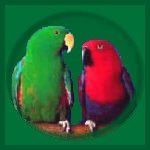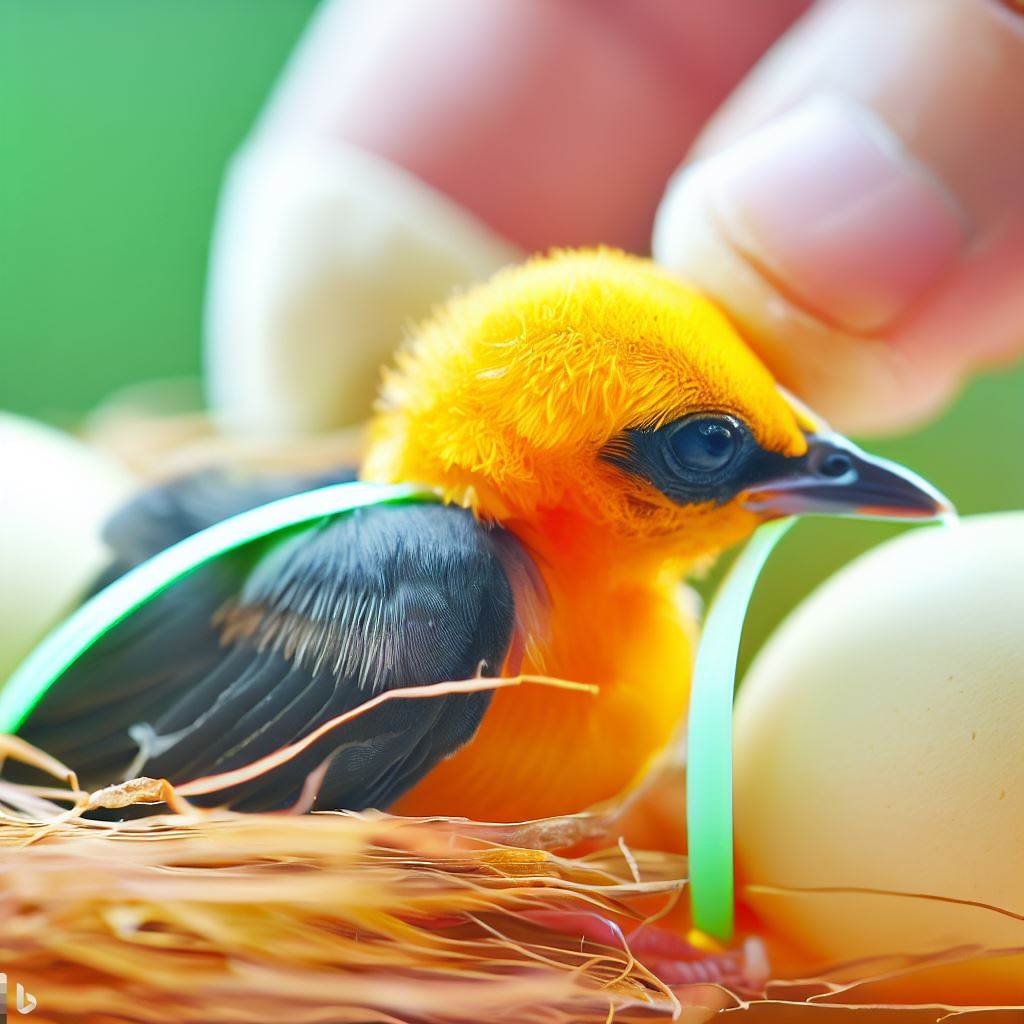
Most companion birds lay eggs every 24 – 48 hours during their laying cycle, but variability in egg transit time can make it difficult to know when a problem is occurring.
A variety of things may cause egg binding. One of the most common causes of egg binding is an all-seed diet because it is very low in calcium as well as other essential vitamins and minerals. Other causes include obesity, lack of exercise, oversized or mal-formed eggs, excessive egg laying, oviduct infection or damage, heredity and senility are all causes of egg binding.
Egg formation takes approximately 24-25 hours. If an egg remains in the oviduct for an abnormal length of time, a number of problems may result. These problems tend to be most severe in the smaller species. If an egg remains lodged in the pelvic canal, it can interfere with blood circulation in the pelvis and to the kidneys. The egg can interfere with urination and defecation, leading to metabolic disturbances. The egg can press against the wall of the oviduct, causing it to die and rupture.
Clinical Signs
Presenting clinical signs vary with the individual bird. A hen may appear depressed, have an abnormally wide stance, and make repeated straining motions. Some birds may be puffed yet perching, while others may be found on the bottom of the cage. Some birds may even be found dead on the floor of the cage or aviary without any previous warning. Droppings may be larger than normal or no droppings may be passed and the vent may be dilated and swollen.
Diagnosis of Egg Binding
Many birds have a history of prolonged egg laying, while others may have never laid an egg before. If you suspect that a bird is egg bound, it should be examined by an avian veterinarian immediately. In some birds, gentle examination of the abdomen reveals the presence of an egg. It is often necessary to radiograph the bird to determine the size, position and number of eggs present. If the egg shell is not present, ultrasound may be necessary to reveal the presence of an egg.
Treatment of Egg Binding
Egg binding should be considered an emergency. Medical treatment is initiated to stabilize the bird. The bird may be given fluids intravenously or subcutaneously as well as antibiotics, steroids and calcium. It is placed in an incubator at 85-95 degrees F with moistened air. If the egg is not passed within a few hours, additional calcium as well as certain drugs to stimulate contraction and expulsion of the egg may be administered. Sometimes it is necessary to sedate the bird with isoflurane and manually pass the egg. If this is not possible due to the large size of the egg, ovocentesis or aspiration of the egg’s contents, followed by collapse of the egg and removal of the shell may be necessary.
Long term management of birds recovering from egg binding should involve dietary and environmental changes. If the bird is on a seed diet it should be switched to a more balanced diet, including pellets. Ample calcium should be present in the form of natural vegetables. If a supplement is required, oyster shells or neocalglucagan can be used. In addition to an appropriate diet, exercise is necessary to prevent obesity. Hormones and other drugs may be administered to try to temporarily stop egglaying, but a hysterectomy may be necessary for those birds that have repeat occurances of egg binding.
If an egg breaks inside the female, yolk peritonitis, a life threatening situation may result. This is why it is important for a veterinarian to remove the egg and not the owner.
If an egg is visible and not encased in membranes, but stuck to the bird, the owner may be able to apply warm water or KY Jelly as a lubricant and gently remove the egg. However, if the egg is protruding, but appears encased in tissues, the oviduct or cloaca may also be involved and may have prolapsed. The bird should be taken to a veterinarian immediately, while being kept in a warm, humid environment.
More information on reproduction can be found in my articles, The Incredible Female Bird – Reproductive System, Avian Reproduction – Triggers and Hormonal Changes and The Male Bird Reproductive System.

